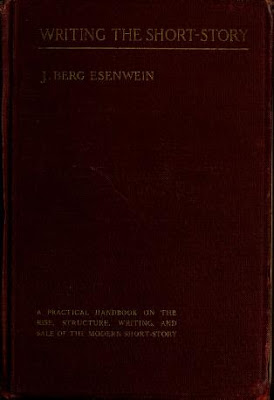A Quick Note on Writing and Writers in Fiction Writing for the Novice Writer
by Ryker J. Phoenix
Writing is often thought of as a solitary pursuit, with writers holed up in their rooms, typing away at their keyboards or scribbling in notebooks. But the truth is that writers are so much more than just people who write. They are creators, developers, builders, and innovators. They are storytellers who bring new worlds to life and dreamers who imagine the impossible.
At their core, writers are developers. They take an idea, whether it's a fictional story or a non-fictional piece, and turn it into something tangible. They create characters, settings, and plots, weaving them together to form a cohesive whole. They develop their ideas, building on them until they become something that others can read and enjoy.
But writers are not simply developers; they are also creators. They have the ability to bring new ideas and concepts to life, to create something from nothing. They can take a blank page and turn it into a world full of wonder, with characters that jump off the page and settings that readers can imagine themselves in. They have the power to inspire, to move people with their words and ideas.
As storytellers, writers are masters of their craft. They have the ability to transport readers to new worlds, to make them feel like they are a part of the story. They can create tension, suspense, and drama, keeping readers on the edge of their seats until the very end. They can make us laugh, cry, and feel all the emotions in between.
But writers are not just storytellers; they are also builders. They have the ability to create entire worlds, with their own rules, cultures, and histories. They can build complex systems of magic, technology, or politics, creating intricate webs of relationships and conflicts. They can create entire civilizations, with their own customs, languages, and traditions.
Writers are also originators. They have the ability to come up with new ideas, to imagine things that have never been seen or heard before. They can take existing concepts and turn them on their head, creating something entirely new and original. They can push the boundaries of what is possible, exploring new frontiers and breaking new ground.
And last but not least, writers are innovators and dreamers. They have the ability to imagine the impossible, to dream of worlds beyond our own. They can create stories that challenge our assumptions and beliefs, that make us question the world around us. They can inspire us to dream big, to think outside the box, and to believe that anything is possible.
In conclusion, writers are so much more than just people who write. They are developers, creators, storytellers, builders, originators, innovators, and dreamers. They have the ability to create new worlds and inspire readers to dream big. They are an essential part of our cultural landscape, and their contributions should be celebrated and valued.



